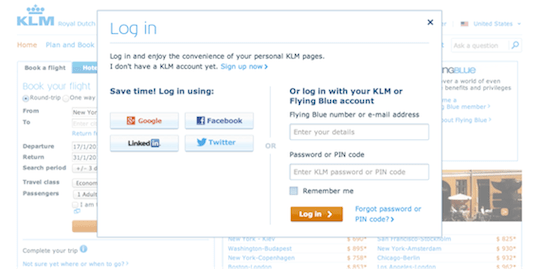Twitter to launch photo tagging and multiple photo upload - In its ongoing efforts to become more user friendly and seemingly more like Facebook, Twitter is launching a couple of new photo features. The former is available on Android (at least for me) and according to Twitter’s blog annoucement and the app notes, both should be available on iPhone and iPad although they’re not yet available for me. These features provide the opportunity to create further engagement by publishing photos that are relevant to your brand. You can choose whether you want to be tagged or not and by whom under Settings on twitter.com (see below).
Pinterest Ads here next month – This month will see the launch of Pinterest Ads or to be more accurate ‘Promoted Pins’. Taking a similar approach to Twitter, images will appear in the feed marked with ‘Promoted Pin’ on the bottom left. However, unlike Twitter there is no self-service platform with the product only available for marketing agencies, at least for now. Apart from the Promoted Pin label, it will be impossible to distinguish from regular pins so shouldn’t jar too much with users. Video ads will follow in June.
Instagram passes 200m users – Last week the photo and video sharing social network Instagram, reached a milestone yesterday when it passed the 200 million active users mark. Now owned by Facebook, it’s growing fast with 50 million of Instagram’s users signed up in the last six months, which means its total members grew by a massive 100% in the last year.
Twitter also testing “Share” and “Fave People” – In addition, Twitter is experimenting with replacing the “Retweet” with a new “Share” button and some Android users have noticed an alternative to Twitter lists in the form of a ‘Fave People’ button that is displayed between “Home” and “Discover” on the top menu.
LinkedIn to scrap Products and Services tab – LinkedIn Company Pages are to lose the Products and Services tab. If you’ve spent time adding details of your Products and Service you need to take action now, particularly if you’ve obtained recommendations. With effect from 14 April 2014 all Products and Services information and recommendations will disappear so if you want to keep it you need to copy and save it elsewhere. LinkedIn advise people to set up Showcase Pages which they introduced in November. The idea is to have a Showcase Page for each of your product or service. This is fine for larger companies who have a range of products or services and the resources to maintain them but not so much for smaller businesses. Read more about this on LinkedIn’s Help. Please book some time with me if you need advice on this.
Linkedin to launch content score and trending topics - LinkedIn have introduced two new features to help make your use of LinkedIn a bit smarter; Content Marketing Score and Trending Content. The former measures member engagement with your Sponsored Updates, Company Pages, LinkedIn Groups, employee updates, and Influencer posts (if applicable) and ranks you against your competitors on those same criteria. Mimicking Trending on Facebook and Twitter, Trending Content will display the most popular articles on the professionals network. These features will help you understand more about your and others content and help you measure your progress.
